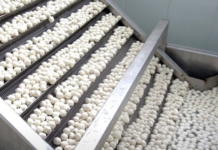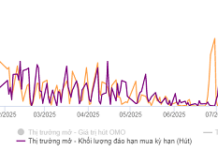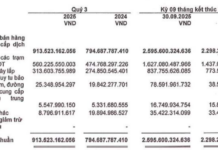Phan Van Hung (born 1985, Hoa Vang, Da Nang) was a tour guide, but he decided to quit his job and return to his hometown to start a mushroom farming business. With a determination to thrive in his hometown, Hung now owns a 700m2 mushroom farm, cultivating various types of mushrooms. On average, after deducting all expenses, his farm generates an annual profit of VND 400-500 million.
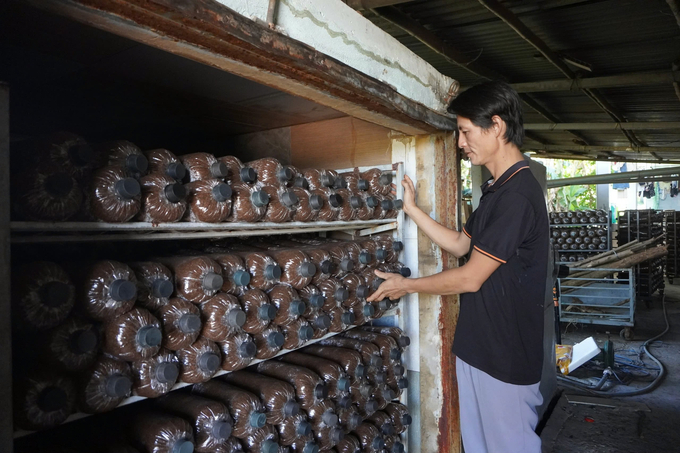
A farmer’s quick success in organic mushroom farming. Source: Agriculture Newspaper.
Sharing his secrets to starting a mushroom farming business with Nong Nghiep newspaper, Hung revealed that in 2017, he stumbled upon mushroom farming methods through social media. Since then, he has been researching and experimenting with building his own mushroom farm. Over time, as he gained more experience, his model proved successful, and he gradually expanded his production scale. Currently, Hung’s mushroom production facility spans 700m2, primarily cultivating three types of mushrooms: lingzhi, cordyceps, and oyster mushrooms.
Regarding the techniques for successful mushroom cultivation, Hung emphasized the crucial role of spawn (mushroom seeds). For oyster mushrooms, the primary substrate is rubber wood chips sourced from Gia Lai, which are then fermented for at least a month to decompose and eliminate toxins. This substrate is then mixed with corn and rice bran in a ratio of 45kg corn bran, 45kg rice bran, and 1 ton of wood chips. This mixture is then divided and packed into standard spawn bags weighing 1.2kg each.
To accelerate mushroom growth, Hung highlighted the importance of maintaining a stable temperature of 28-30°C, 85-90% humidity, and diffused lighting in the mushroom house. The cultivation time varies depending on the mushroom species. Oyster mushrooms, for instance, can be harvested after about 30 days, while lingzhi and cordyceps mushrooms require approximately three months (excluding the time for spawn preparation and inoculation).
Mushrooms thrive in clean environments, so meticulous care is essential. Farmers need to pay attention to nutritional factors, moisture content in the spawn, and the incubation process. For example, when filling bags with wood chips, thorough inspections are necessary to prevent mold growth. Additionally, maintaining appropriate temperature and lighting conditions in the farm helps reduce the risk of pests and diseases. It is also crucial to periodically check the mushroom spawn to ensure it hasn’t degraded, which could impact yield.
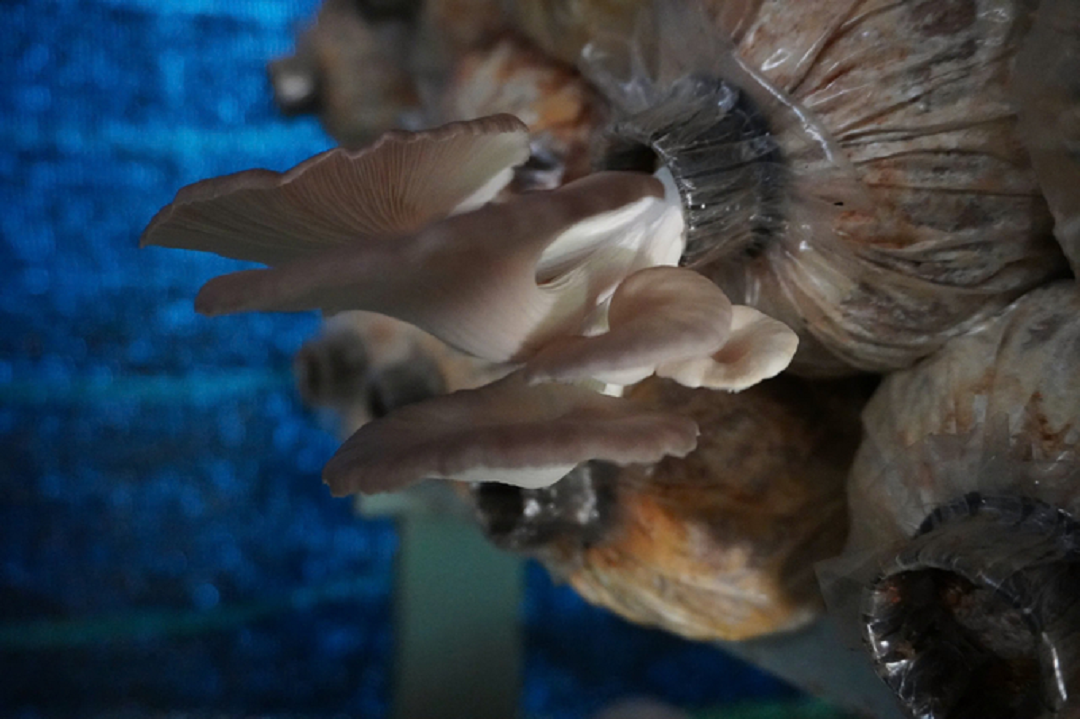
Through his dedication and investments in his mushroom farm, Hung now enjoys the fruits of his labor. His mushroom products are sold in the Da Nang market at VND 50,000-100,000/kg for oyster mushrooms and VND 1-1.2 million/kg for lingzhi mushrooms, with consistent high demand. After deducting all expenses, his family earns an annual profit of approximately VND 400-500 million and provides employment for two permanent and two seasonal workers from the local community, each earning VND 200,000 per day.
In addition to oyster and lingzhi mushrooms, Hung has successfully experimented with cultivating cordyceps mushrooms to increase his family’s income. After a successful trial yield of 2kg of this mushroom type, he boldly invested over VND 120 million to build a cordyceps mushroom cultivation system in a 9m2 area.
According to Hung, cordyceps mushrooms are highly valuable, with prices ranging from VND 3-6 million/kg depending on quality, and they are in high demand in the market, making them very profitable. Not only cordyceps, but the demand for mushrooms, in general, is also substantial, and the current production capacity in Da Nang cannot keep up with the market demand.
Many farmers, like Hung, have achieved success and high incomes through mushroom farming. Similarly, Bui Minh Thang, a 32-year-old from Ho Chi Minh City, has also found success in mushroom cultivation, earning approximately VND 300 million per month.
According to Suc Khoe & Doi Song, there are approximately 140,000 species of mushrooms worldwide. However, scientists have only identified about 10% of them, and only about 100 species are being studied for their potential health benefits and medicinal applications.
Mushrooms are not just delicious but also highly nutritious. When discussing the health benefits of mushrooms, nutritionists often focus on commonly consumed edible mushrooms, such as straw mushrooms, shiitake mushrooms, oyster mushrooms, and wood ear mushrooms, rather than rare and less commonly used medicinal mushrooms.
Typically, mushrooms are a good source of various micronutrients and have a low-calorie content. They are rich in antioxidants and fiber. Notably, they are an excellent source of vitamin B, selenium, zinc, and copper, which are essential for energy production in cells and a robust immune system. Mushrooms also help reduce the risk of metabolic diseases, aid in weight loss, and improve cognitive health…




